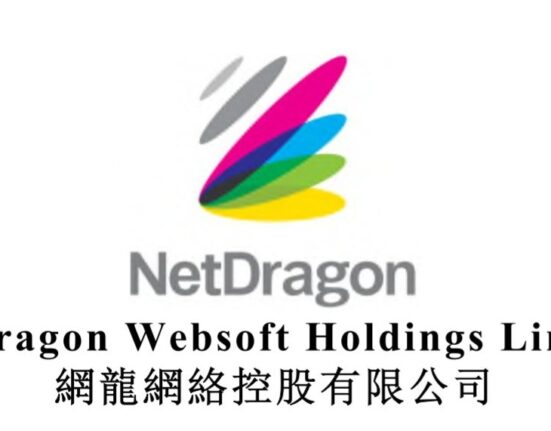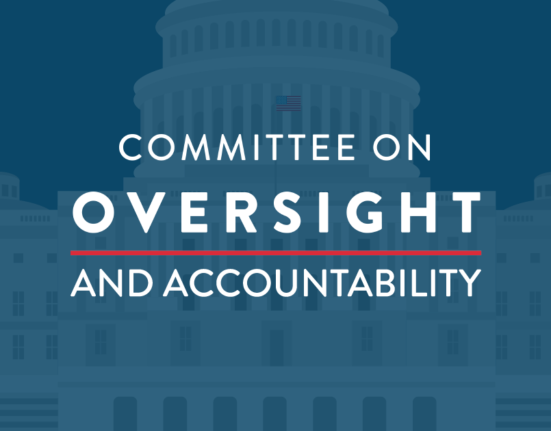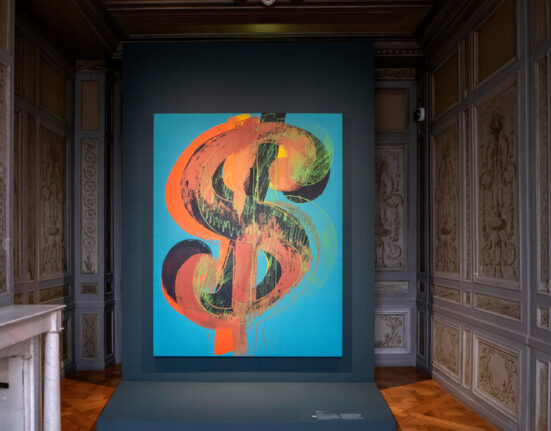As inflation increases, some advisors see a silver lining in art as an alternative investment that is unaffected by the financial markets. As with many alternative investments, there are Private Equity Funds that are developing in the art market, such as Masterworks. Others are picking potential winners in the new NFT art market. Still others, who have art, whether they are collectors, investors or artists, are enjoying the significantly above market returns that artwork is generating. The result is that art is being bought by people across the wealth spectrum, from the ultra-high net worth collectors, to the Millennial looking to invest a few thousand dollars. Regardless of their level of wealth, art collectors who buy art directly are highly fee-conscious individuals.
More often than not, once they acquire art, their approach is a “do-it-yourself (DIY)” for managing the art. The problem is that the scope of management always broadens, so much so that using DIY management creates a number of problems, including:
- You cannot insure making optimal decisions because of the difficulty seeing (or remembering) the big picture: the family/market/cultural environment that the collection exists within, as well as the social, economic and regulatory environment around you.
- Your schedule becomes burdened by matters that can be handled better and more efficiently through delegation.
- You put time and energy into making important decisions only to have the ball dropped on executing the critical administrative details because, ultimately, your DIY approach makes you responsible for chasing all the details; and, details will fall through the cracks.
- You take action only when a situation has developed or opportunities have been missed, because you are reluctant to “start the clock” on hourly billing or other fees.
If, not when, something happens to you, as the one responsible for the management for the art, there is no clear succession on who has access to information nor is there time for successors to fully understand the situation.
Traditionally, the alternatives proposed to the DIY Artist or Collector for management of their collection too often is either to sell the collection or transfer ownership and control of artwork to a non-profit entity – either a public charity or an operating private foundation. Without understanding the bigger picture, these alternatives may not be the best option for the Artist, Collector, their heirs or fiduciaries.
Planning promotes consistent decision-making and minimizes missed opportunity problems. Administration resolves the issue of poor execution; while, leadership provides the continuity of ownership and minimizes risks on an outsource basis. More significantly, planning for the Artist, Collector or Family Office, prevents them from being forced to give up ownership of the collection in order to preserve it.
Management of artwork and other collectibles can be simplified by aggregating assets based on the role that the owner plays for income tax purposes and the owner’s goals in life and at death. Further, to manage collections effectively, you need access to perceptive market analysis with the ability to sort significant trends from fads; expertise with income and estate taxes peculiar to tangible assets; and, last but not least, you need to be sensitive to the feelings and emotions that are unique to the Collector and heirs.
All this makes for a tall order. Seeking specialized expertise in advance is probably the only way for the typical Collector or Artist to maximize the value of his or her collection.
Inventory Your Collection
Most collectors do not have a current inventory of their assets; or if the inventory does exist, it is lacking critical information or is in a format that is cryptic in the extreme. Inventories in the estate often are geared towards minimizing the estate tax value of the asset, and are rarely complete or sufficiently detailed. Inventories can sometimes be confusing, because artists often work and collect artwork in many different media, making it difficult to determine who created what artworks in the collection. Therefore, you will need expert assistance to describe assets for the inventory. At the minimum, inventories should include:
- List of works created by an artist and in your possession;
- Authors (including joint authors and collaborations and contact information);
- Dates of both creation and acquisition;
- Contracts associated with any works, such as licenses, assignments, etc.;
- Where the items are located;
- Galleries or dealer names, along with their contact information; and, any paperwork that refers to the artwork, such as catalogs, bills of sale and so forth.
Whether you use a spread sheet, a software program or even old-fashioned card catalog system, beginning an inventory is critical.
Include in the inventory any reference to contractual relationships that might exist, including consignment agreements, copyrights, distributions and reproduction rights. Remember that ownership of artwork does not convey the copyright to that artwork. In some countries, artists retain certain rights over the transfer and display of art, even after sale.
Aggregate your Collection
Even when all of the significant artwork is clearly inventoried, researched, labeled and stored, you will most likely be confronted with a large number of items, not only easily recognizable valuable art, but coins, gemstones, jewelry, furniture or other collectables. Each collection of items has associated masses of documents, catalogs, notes, letters, bills of sale and paperwork. Although it does not seem like much, a single piece of paperwork can be critical for determining the provenance (and therefore value) of an item. In order to support your new collections of items, each with many different taxes, provenance and valuation issues, you must simplify.
A critical first step to simplification is aggregating items and their associated paperwork. Items with similar characteristics are formed into groups and these groups are given certain rules or guidelines based on trends in the art market, the tax consequences of buying or selling, and most importantly, as your desires.
Manage your Collection
Usually, only the collector plays an active role in the buying and selling of art and other collectibles. Advisors and professionals must support you in managing your collections. As part of that management, they will need help finding the professionals with the proper expertise and experience to manage the collection. Outside expertise must work within the collectors financial and legal affairs to coordinate tangible asset management with the investment management of the family wealth – in both routine and in crisis situations – without the high price tag of bringing these specialized services in-house. These professionals provide the collector the “rolling chassis” of inventory, aggregation, valuation, storage and management of the collection.
The remarkable “stickiness” of individual ownership of collectibles, encourages a long-term understanding and education of how the collectible fits into the overall collection. The financial profit from the immediate sale of a collection may far exceed the comparable profit on an alternative investment. Emotional, personal and social “return” on the actual ownership of the collectible, often trumps the financial rewards; and, the desire for both the collector and their heirs is that the collection will not be sold. Indeed, far from having to be cautious of “passive” investors in art, collectors often become too personally active and emotionally involved in the ownership of the items. Collectors have more expertise and knowledge about their areas of interest than do most of the professional advisers available to “manage” the collection. The result is that, rather than having professionals compensated directly for their management expertise and access to the collectible markets, they are paid for the curatorial, research and organizational services.
It is this stickiness that ultimately causes the most problems when managfing an art collection like an alternative investment. Invstors are less likely to have a personal or emotional bond with thelr limited partnership interests in a hedge fund as much as a collector as with an art object. To counteract this, you need to commit to the discipline of inventory, aggregation and management.







